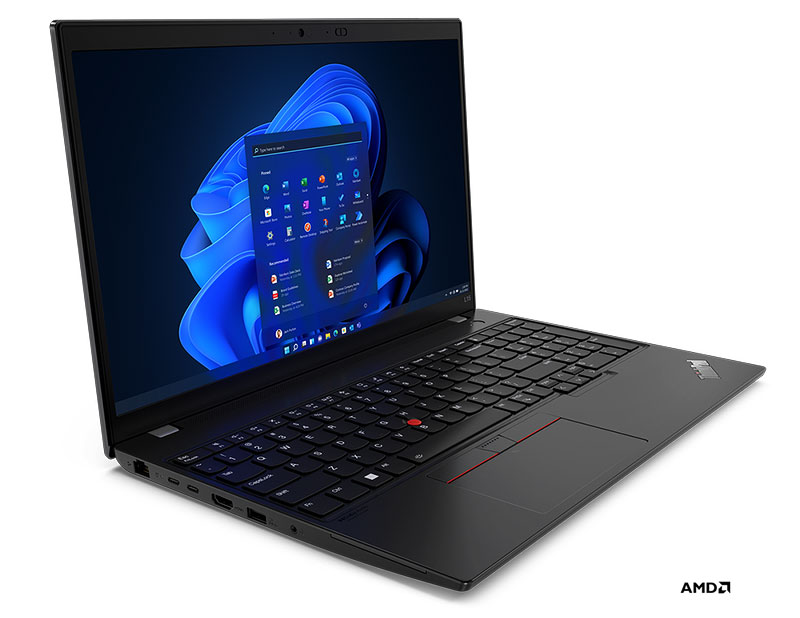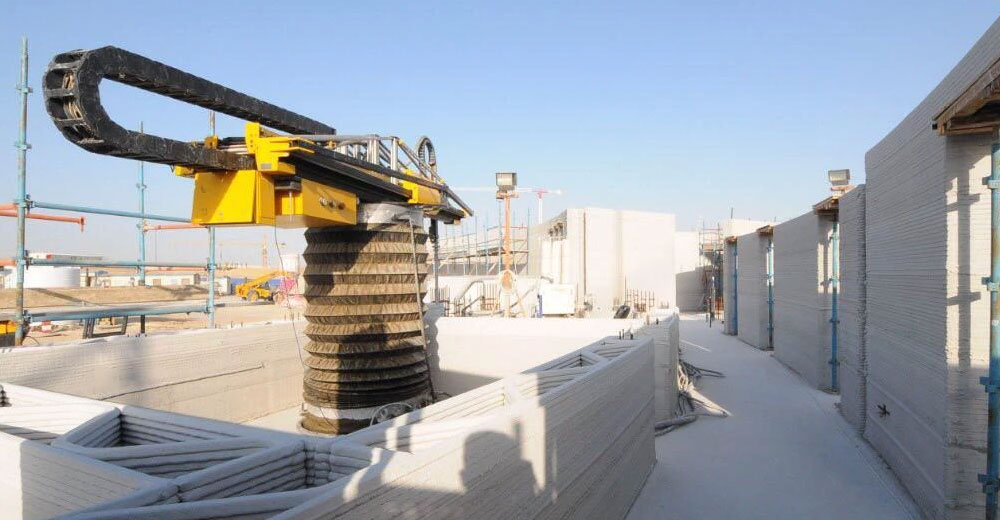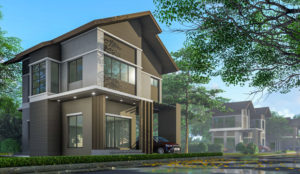If you are like me, it’s hard to focus on work given what is going on in Ukraine. I’m afraid doom scrolling has become far too addictive for many of us. But while the pain and suffering we are seeing is clearly tragic, the result could be a far more powerful Ukraine funded by captured Russian funds.
This week is Nvidia’s GTC conference. The show will focus on the metaverse and the broad application of AI technology.
Last week, I met with Apis Cor, one of the winners of the NASA competition for autonomous building on the moon. The technology it has developed to build structures on the moon could be adapted to rapidly build structures on Earth.
Eventually the war in Ukraine will come to an end. These technologies could help Ukrainian cities to become wonders of the world in terms of technology adaptation and use focused on creating a better life for Ukrainians who want to return home when the war is over.
Let’s talk about how the metaverse, AI and large-scale 3D printing could transform a post-war Ukraine into one of the new wonders of the world by using technology being developed to create the first lunar base.
As always, we will end with my product of the week: my favorite ThinkPad for home use from Lenovo’s newly refreshed ThinkPad line.
The Metaverse
A lot of people seem to think that the metaverse is a fraud and that eventually folks will figure that out and move on to the next false, sparkly thing.
Many thought the same of the internet. I get that part of the problem are those that overhype where the metaverse is and suggest it will replace the internet. It could, but that outcome is doubtful in the near term.
Like the internet was during the time of AOL and CompuServe, the metaverse is not a thing so much as a bunch of things that are currently largely unconnected. It is a simulation of parts of the world and those simulations exist in three primary areas: online games, training simulations (for both people and AIs), and simulations of things like office buildings and factories where companies want to optimize the structure while limiting the number of change orders during the creation process.
At GTC, Nvidia will talk about Earth-2, its global-scale simulation to help fight climate change and predict the weather more accurately. But this will be a simulation, so it could also create variants to showcase how changing large areas of human development could positively impact the environment.
Were the project to start with Ukraine, Earth-2 could provide a template for that country to create safer, more sustainable, and more defensible cities of the future. We could explore concepts like arcologies which would be vastly less vulnerable to weather events, pandemics, or attackers.
In short, they could build a virtual Ukraine Utopia and allow the displaced citizens of that country access so they could experience the future, gain hope for that future, and provide feedback so that once construction starts, that better future is far more likely.
AI Assistance
Another big part of Nvidia’s GTC is AI which, properly used, will enhance human endeavor, providing a force multiplier where one worker, assisted by one or more AIs, can do far more than possible before.
Applied to Ukraine, AIs could model more advanced public transportation, roads where electric cars were charged while being driven by an AI, and automated defensive capabilities that would more aggressively protect Ukrainian assets and citizens from attacks.
These AIs could help guarantee the optimal use of resources, eliminate waste, and provide a decision assistance structure assuring those future decisions were increasingly well-founded and would result in positive outcomes.
Given the timing, Ukraine could become a showcase of how AI technology can be applied to create a better, safer, more sustainable world for its citizens — and one that is more resistant to foreign attack. Of course, with this would come the potential to do much of the AI development and manufacturing to come in-country.
3D Building
As I mentioned earlier, last week I met with Apis Cor, one of the top performers in NASA’s competition for lunar base construction.
3D printed buildings require a fraction of the labor, go up in a fraction of the time, and are more resistant to most forms of damage than conventional buildings.
The moon effort is unique in that the plan is to build the lunar base autonomously.
The concepts look awesome on Mars, as well.
At scale, this autonomous capability could be used to rapidly build refugee structures that could better protect their occupants and eventually rebuild Ukraine to scale from small homes to multi-story buildings.
It is interesting to note, that at scale, China is currently leading in this technology and right now it has a significant lead. But the need to rebuild Ukraine quickly could allow that country, with significant foreign investment, to grow to challenge China’s leadership or, depending on how China works with Russia (or not), work with China to rebuild their country.
Ukraine could emerge as one of, if not the, Western leader in 3D printing and the standing example of just how well this technology works at full scale.
Wrapping Up
The tragedy in Ukraine creates a unique, near-term opportunity to showcase how the emerging technologies driving the Fourth Industrial Revolution can be used in concert to create a better world.
Using the metaverse, these technologies could create and optimize a future vision for Ukraine that would be funded by captured Russian funds to turn the country into a showcase of technology and advancement.
Nvidia and companies like Apis Cor could demonstrate how to better respond to disasters, house refugees and apply AI and 3D printing to develop a vision of the country of tomorrow into the Ukraine of today.
While today the cloud of war covers Ukraine, once that cloud lifts, the sun could quickly shine on a renewed country showcasing the best of what is to come for the rest of us. At least, that is the outcome I hope for.

Lenovo ThinkPad L15 Gen 3 AMD
The ThinkPad brand is one of the most powerful in the technology market. It moved from IBM to Lenovo when Lenovo bought the IBM PC company years ago. It blends classic notebook design with advanced technologies focused on productivity.
ThinkPads are not and never will be gaming laptops. But when it comes to doing work, their robust nature and particularly their keyboards differentiate them in the class. Last week Lenovo announced a brand-new ThinkPad Line. While my personal favorite is the X1, I’m now going with the 15″ AMD-based L15.
The L15 AMD configuration (with integrated Radeon graphics) has the best balance of price, performance, and screen size. Designed for those still hoping to work mostly from home, it does one of the best jobs of balancing leading technologies like sustainable materials (EPEAT Gold Certified), Wi-Fi 6E, 4G Cat16, and Dolby audio/voice into a robust product with class-leading battery life.

The Lenovo ThinkPad L15 Gen 3 AMD laptop is scheduled to be available in April 2022 with pricing from $869.
Credit: Lenovo
This latest generation includes touch display options, 2x-array microphones, a better camera for video conferencing, enhanced noise cancelation, Windows 11 and advancements in ThinkShield security capabilities; coupled with computer vision technology that helps protect the laptop when you are away from it.
The ThinkPad X1 Carbon should start below $1,500 when it releases later in the year. But until it does, the Lenovo L15 AMD is the pinnacle of business PCs for home use — and my product of the week.



























































